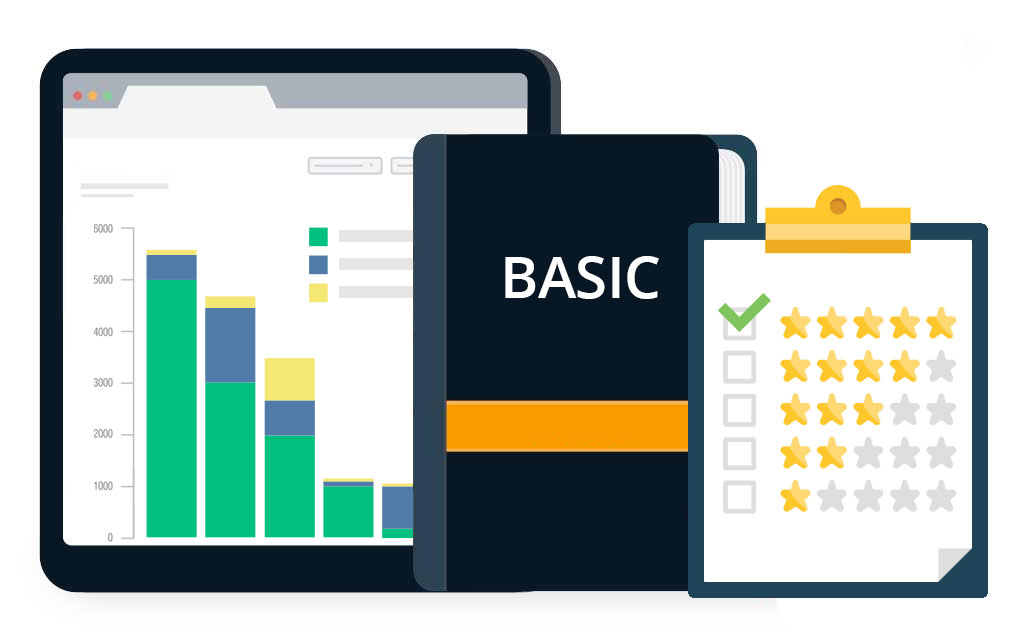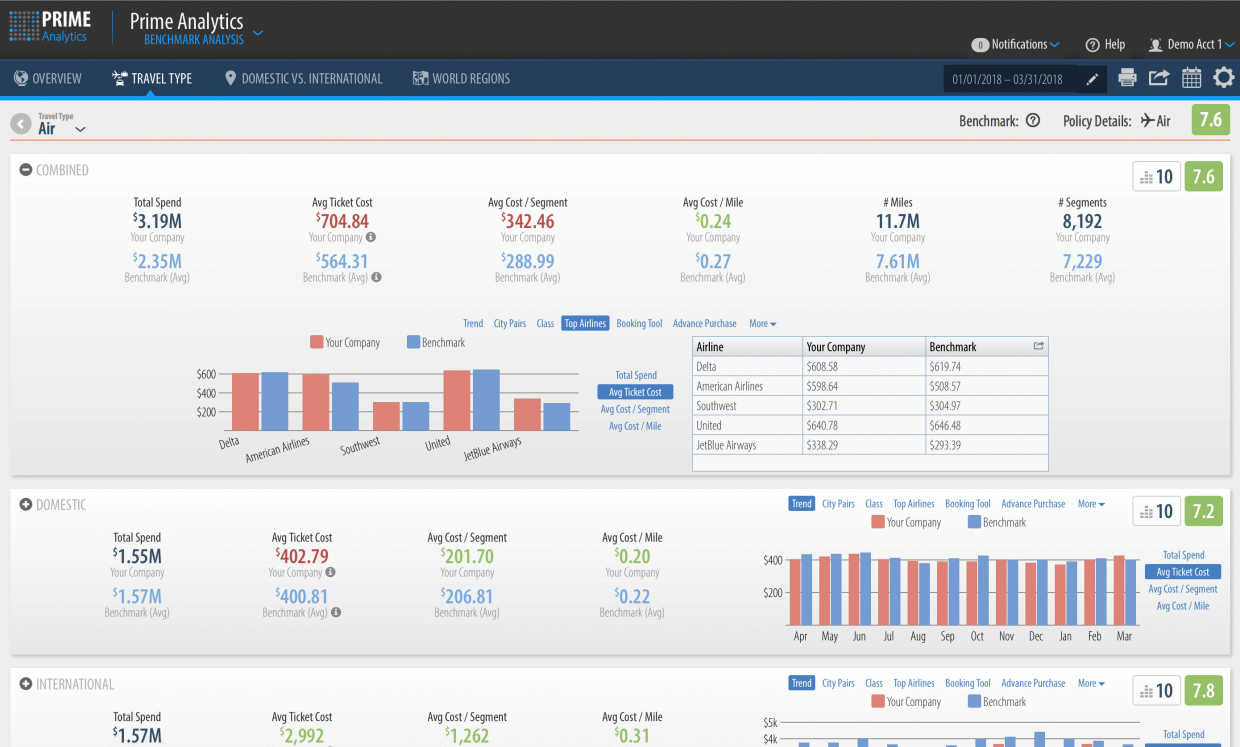

First of all, we compare the number of organic and paid traffic in Google Analytics. We will explain our 3 following Google Analytics KPI examples with a comparison of organic and paid search engine traffic (Google, Bing, Yahoo, Yandex etc.). Organic vs Paid Sessions What is the share of organic traffic? Based on this, you monitor the most relevant combinations in detail. With the help of GA, first analyze which browsers and browser versions are most frequently used by your target group. In addition, you can also analyze the time on page and the corresponding conversion rates. As a rule, you should be able to identify problems by an increased bounce rate. You can use our Google Analytics KPI example to continuously monitor the relevant browsers and browser versions.

Some of these problems also occur after browser updates, so that this problem may not have existed when developing the website.

In practice, however, browser-based problems occur again and again, which can lead from harmless minor display errors to the total loss of function of individual pages or functions. Relevant Showcase Dashboardīounce Rate by Browser Are there issues with certain browsers?Ī high level of browser compatibility is nowadays a central requirement for a successful web presence. Analyze the page speed for individual pages and countries in detail. To analyze page load times with the help of GA with as accurately as possible, make sure to increase the proportion of tracked visitors to 100% (see opt_sampleRate). 4) Mobile first: especially for the constantly increasing number of mobile accesses, short loading times are critical for success 5) Data volume: measures to optimize loading times (minimization of images, CSS, JS, HTML, etc.) inevitably lead to lower data traffic. 3) Paid advertising: the loading time for Google Ads, for example, indirectly influences the quality factor via the landing page experience and thus the click prices. 2) Search engines: loading times are a relevant ranking factor for the organic search.

The average page load time or page speed is undoubtedly a key success factor for your website performance, and in many various aspects: 1) Users: long loading times are no longer tolerated by most visitors in the digital age and lead to an increase in the bounce rate. Page Load Time by Country How important is the page speed, actually? View them from different angles in your analytics, such as for different marketing channels, landing pages, product categories or geolocation. Performance Indicatorsĭefine and create target actions in Google Analytics to cover all relevant business goals. Conversion rate optimization (CRO) plays a central role in increasing the goal conversion rate. Detailed conversion tracking is the basis for in-depth analyses and sustainable optimization of website performance to achieve the defined business goals. You can also attribute a monetary value to these conversions. In Google Analytics you can create a maximum of 20 conversion goals, or target actions, which are tracked from the time they are created. For example, an online purchase, a newsletter subscription or a contact registration. In online marketing, a conversion is the execution of a desired target action by a website visitor. Goal Conversion Rate Do visitors perform desired target actions? A low bounce rate usually correlates with a higher average session duration and a higher number of pages viewed per session. Performance Indicatorsįor an initial, quick evaluation of the quality of the website traffic, the bounce rate is helpful. events) is not counted as a bounce even if no further page is visited. Please note that you can also define bounces in GA individually, for example, when a session with certain actions on the landing page (e.g. If this is not the case, the visitor often leaves the website without further interaction and "bounces". Usually, the bounce rate is a good indicator of whether the visitor finds the desired content on the website and whether the respective demand has been satisfied. Our third Website KPI is the bounce rate, which describes the percentage of sessions in which a single page on the website (the "landing page") was visited. Bounce Rate Are the visitors' requirements being met?


 0 kommentar(er)
0 kommentar(er)
